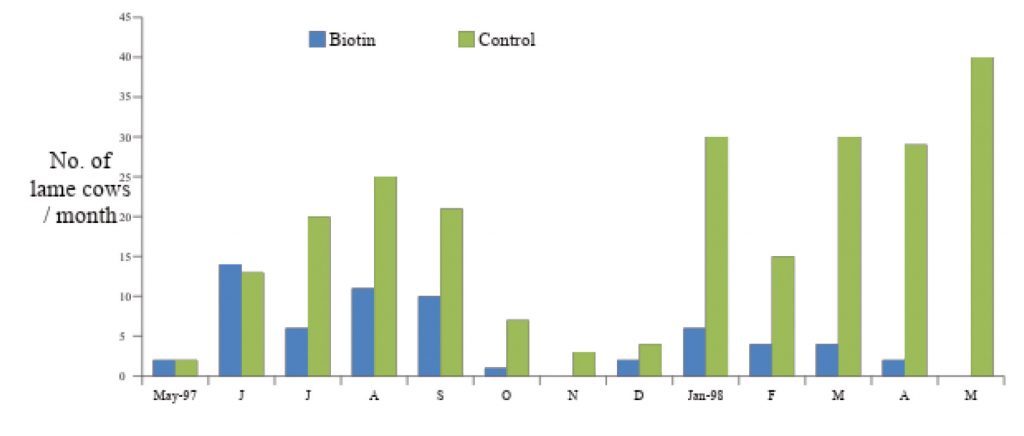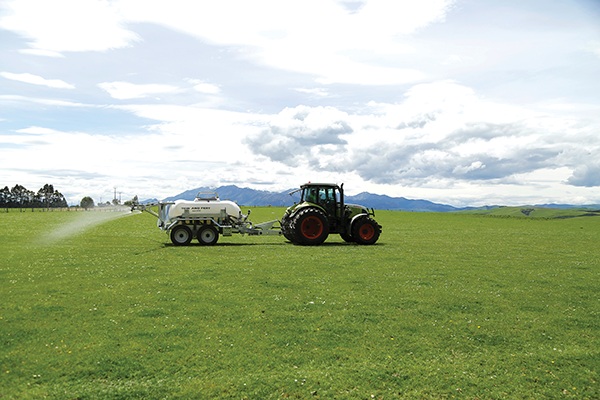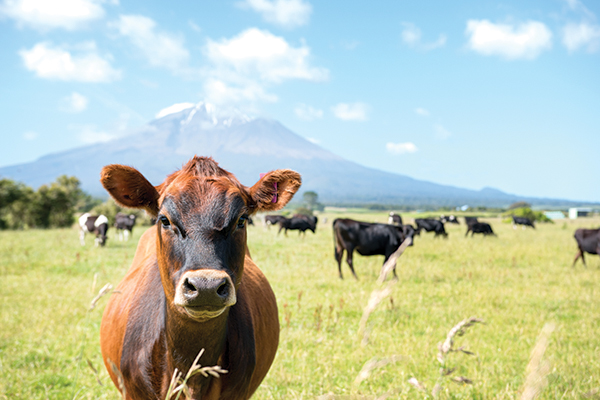By Dr Joe McGrath
Pasture-based dairy farms in New Zealand have continuously increased their productivity, enabling farms to remain competitive in light of rising costs. Unfortunately, for the cow, this represents some challenges.
Increased stocking density tends to coincide with greater pasture utilisation and increased vitamin D concentrate feeding. Both activities reduce the level of fat-soluble vitamin intake (vitamin A, D and E) as well as the vitamin biotin, which is dependent on high roughage low concentrate diets for adequate levels.

In properly managed pasture, micro minerals (minerals presented as ppm or mg/kg) are often adequate for low production cows. However, as milk production increases, their requirement increases and the substitution of pasture with silage or bought in feeds reduces the intake of cobalt, copper, zinc, iodine, and selenium.
Increased stocking density increases mud and transfer of disease between cows so there is a requirement for a greater concentration of vitamin A, D, E and the minerals Se, Zn and Cu to boost immunity.
This means in the modern pasture-based dairy farm we have often increased our requirement for vitamins and minerals and decreased our inputs!
Cows only have five nutritional must-haves, everything else can be considered an additive that should be evaluated on a case-by-case basis. The big five are Energy, Protein, Fibre, Fat-soluble Vitamins and Minerals. The use of vitamins and minerals should not be looked upon as a feed additive but as replacing what is a normal requirement of the cow on a year-round basis. Any cow will not function properly in the absence of one of these.
Before you think of feed additives as a solution to a problem, regardless of whether they are organic minerals, yeasts, B-vitamins, protected and unprotected amino acids, essential oils, ionophores, antibiotics, buffers, make sure you have the big five right first otherwise they won’t work as well.
It is also important to concentrate on nutrition year-round. Many of the benefits are cumulative, a great example of this is the effect of Biotin on hoof integrity and structure. The graph demonstrates the cumulative benefit of Biotin in an Australian high rainfall (>2000mm/year) pasture-based system (Fitzgerald et al, 2000).
Calcium is also a cumulative mineral as well. It accumulates in bone, along with phosphorous and is critical for effective calving, peaks and muscle strength. Calcium, along with phosphorus, is surprisingly a problem in NZ.
It has always been a problem, but has been accentuated by fodder beet.
So, keep an eye on your minerals and vitamins in your cows as your production increases on your farm – or if you have high incidences of lameness and down cows.
They are a key component and non-negotiable in regards to animal health. The main source is your feed, so leaf analysis of minerals is a great way of knowing what your cows are eating. Talking to a Sollus team member is a great way to find out what your cows might be missing out on.
- Dr Joe McGrath is Sollus head nutritionist.





